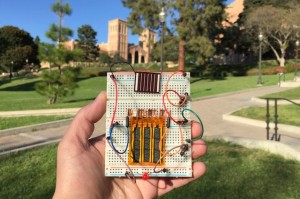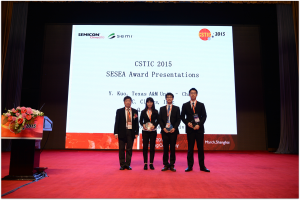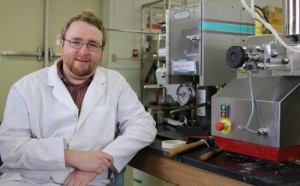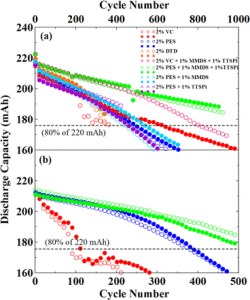
The hybrid supercapacitor can store large amounts of energy, recharge quickly, and last for more than 10,000 recharge cycles.
Image: UCLA
Researchers from UCLA’s California NanoSystems Institute (CNSI) have developed a new generation of supercapacitors that not only emphasizes the best inherent properties of the supercapacitor itself, but also combines it with some of the best qualities of batteries to make a new energy storage medium.
The new supercapacitor is paper-thin and has an extremely fast recharge time. Additionally, it can last more than 10,000 recharge cycles.
Researchers believe this new development will yield real-world potential to address energy issues and improve personal electronics.
“The microsupercapacitor is a new evolving configuration, a very small rechargeable power source with a much higher capacity than previous lithium thin-film microbatteries,” said Maher El-Kady, co-author of the study and postdoctoral scholar.








